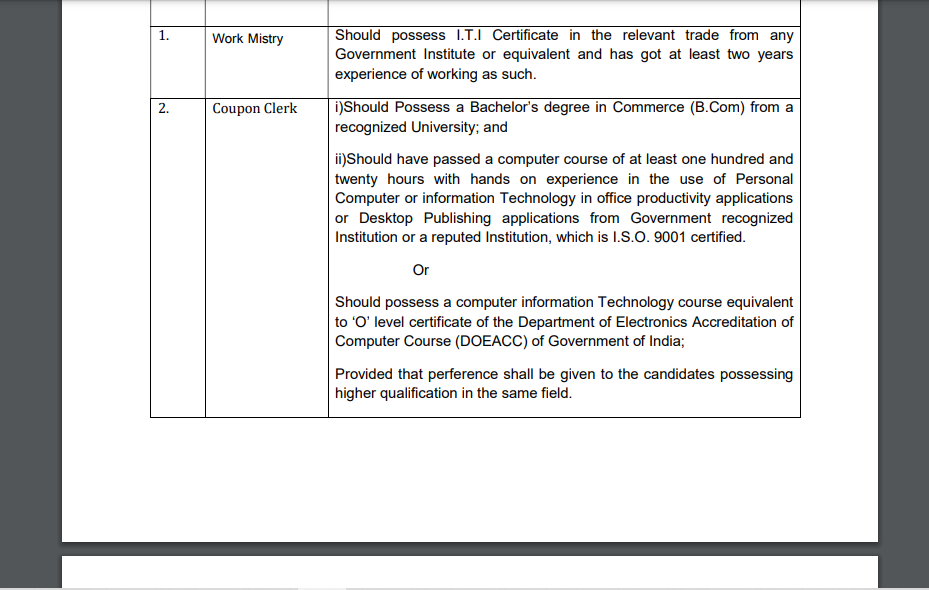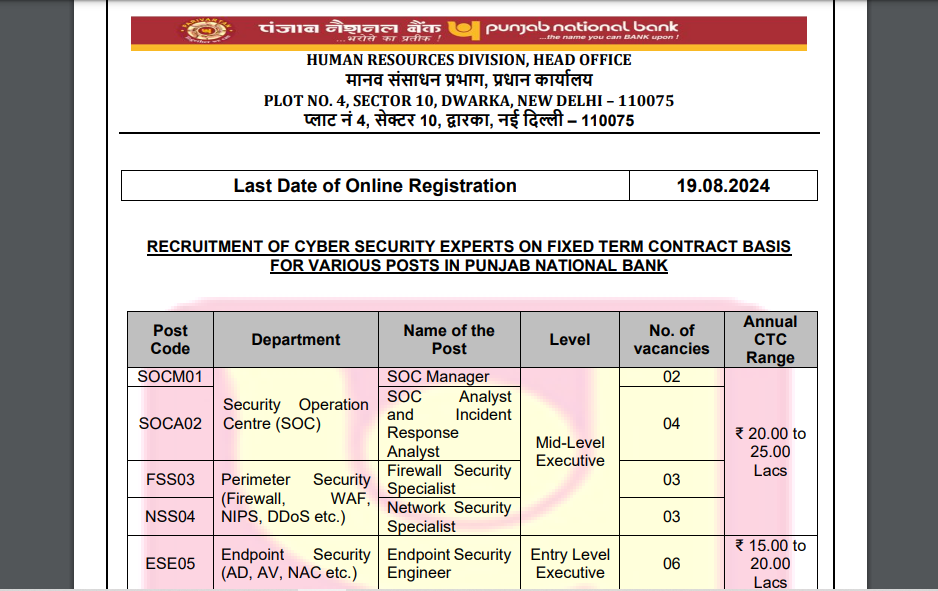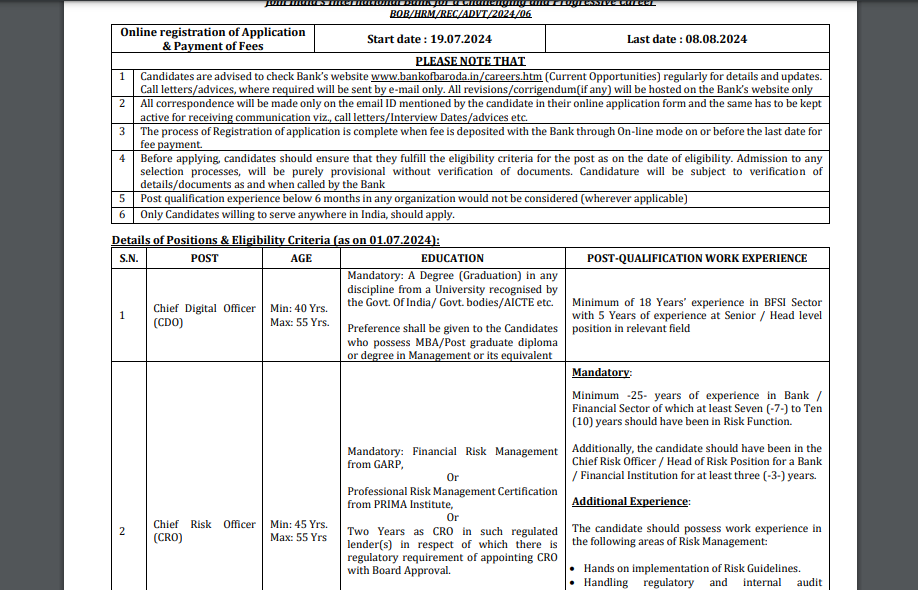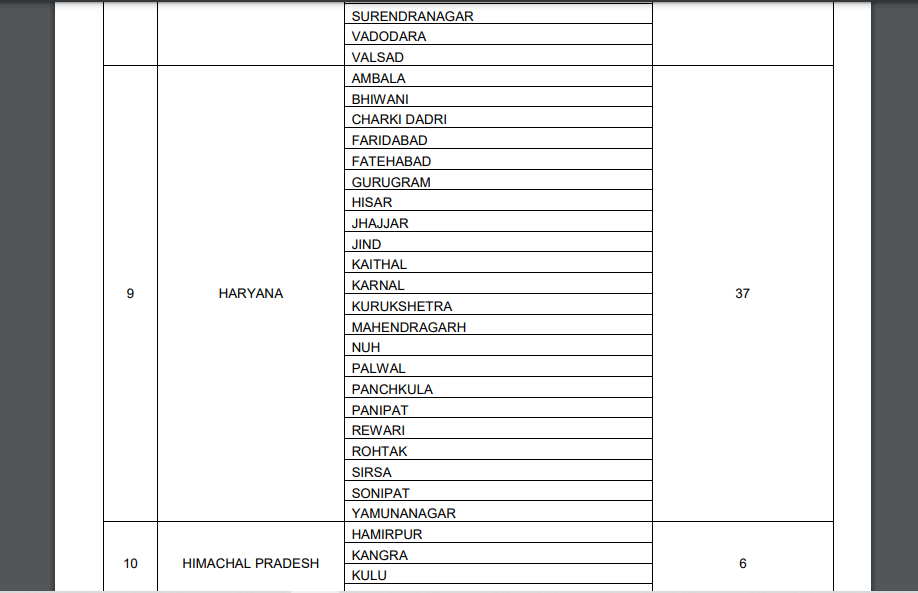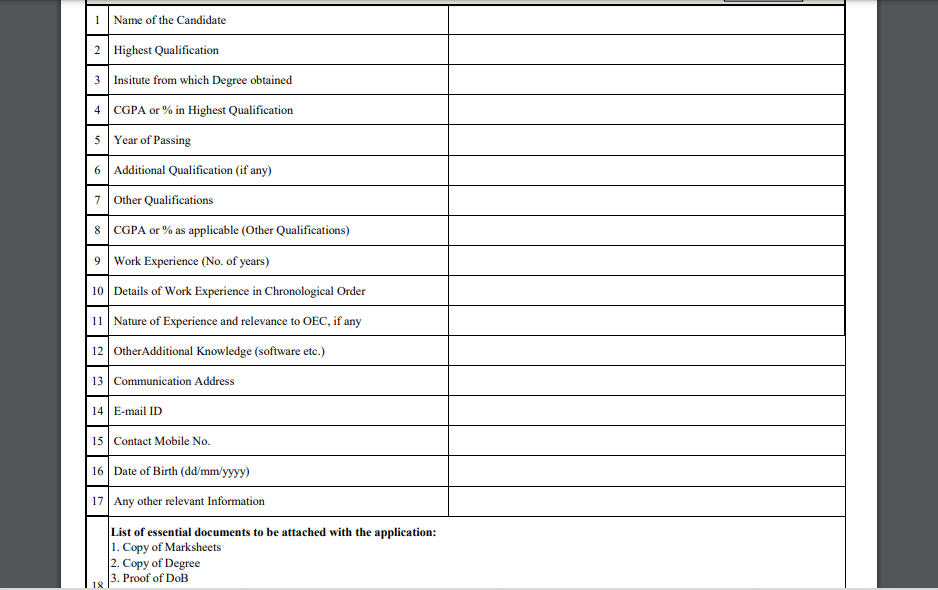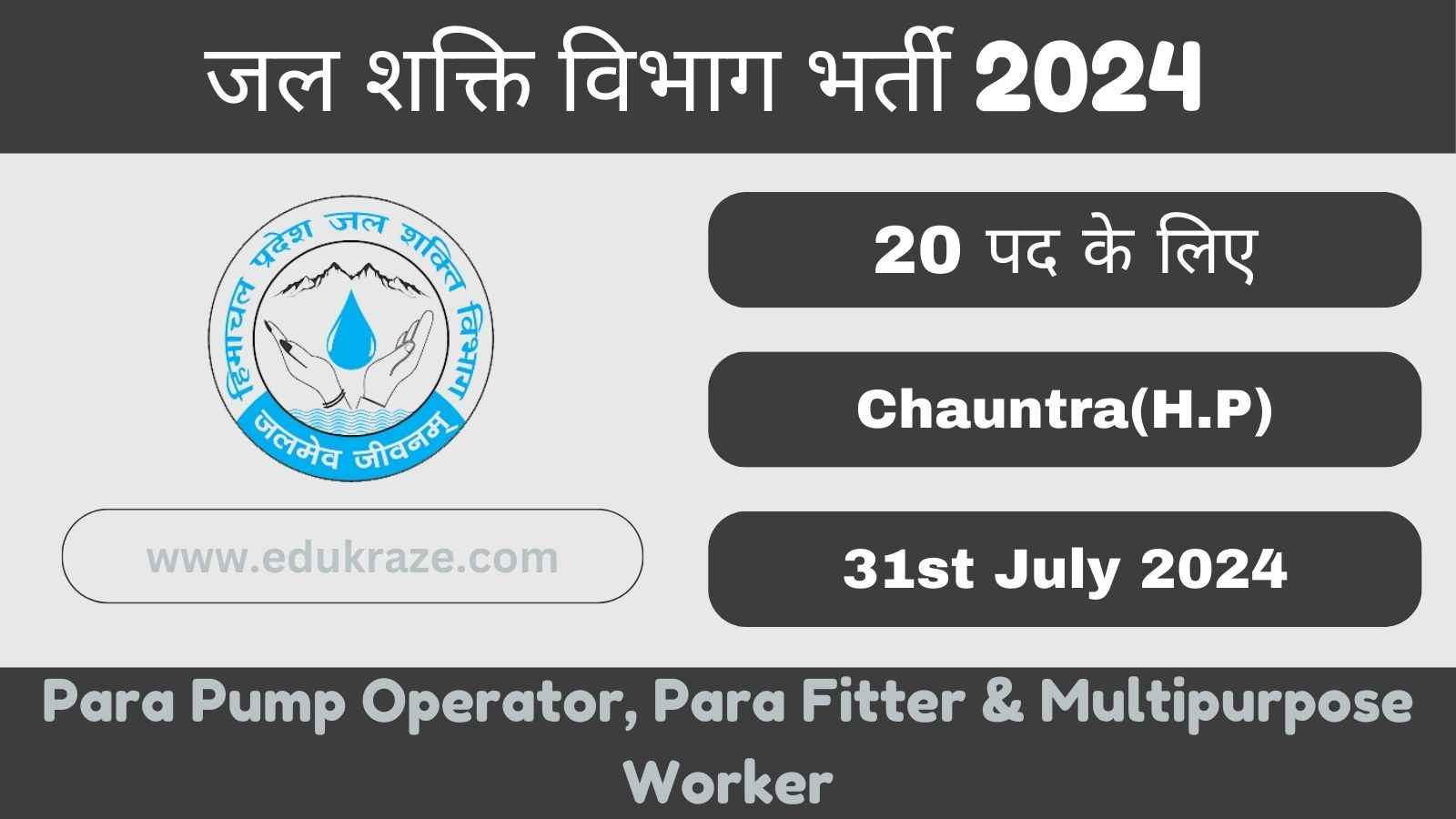Latest Employment Trends in India The Periodic Labour Force Survey (PLFS) conducted by the National Sample Survey Office (NSSO) provides valuable insights into the employment and unemployment landscape in India. With its quarterly updates, the PLFS offers a more frequent and timely assessment of key indicators, allowing for a better understanding of the dynamic labor market trends. The recently released Quarterly Bulletin for the period of January to March 2023 sheds light on the latest figures, providing crucial information for policymakers, researchers, and businesses.
Latest Employment Trends in India
Fieldwork and Sample Design
The fieldwork for the PLFS survey, covering the January to March 2023 quarter, was successfully completed by March 31, 2023. The data collection process for both the initial visit samples and revisit samples has been diligently executed. Notably, since June 2020, the revisit schedules have primarily been conducted via telephone, accounting for approximately 96.4% of the revisit data collected during the January to March 2023 period.
To ensure comprehensive coverage and accuracy, the PLFS employs a rotational panel sampling design in urban areas. Under this scheme, selected households are visited four times, including an initial visit and three subsequent revisit schedules. The rotation mechanism guarantees that 75% of the first-stage sampling units (FSUs) are matched between two consecutive visits, enhancing the reliability and representativeness of the survey results.
Do Follow us on Facebook and updates Checkout our Website
Sample Size and Key Employment Indicators
For the January to March 2023 quarter, the PLFS survey encompassed a total of 5,726 FSUs (UFS blocks) at the all-India level in urban areas. The survey successfully gathered data from 44,982 urban households, involving a comprehensive sample size of 172,089 individuals.
The Quarterly Bulletin presents key employment and unemployment indicators crucial for assessing the labor market dynamics. These indicators include the Labour Force Participation Rate (LFPR), Worker Population Ratio (WPR), and Unemployment Rate (UR). The LFPR represents the percentage of individuals in the population who are part of the labor force, while the WPR reflects the percentage of employed individuals in the population. The UR, on the other hand, represents the percentage of unemployed individuals among the total labor force.
Latest Findings
The PLFS Quarterly Bulletin for January to March 2023 reveals the following findings:
Statement 1: LFPR (in per cent) in CWS in urban areas for persons of age 15 years and above
| Survey Period | Male | Female | Person |
|---|---|---|---|
| January – March 2022 | 73.4 | 20.4 | 47.3 |
| April – June 2022 | 73.5 | 20.9 | 47.5 |
| July – September 2022 | 73.4 | 21.7 | 47.9 |
| October – December 2022 | 73.3 | 22.3 | 48.2 |
| January – March 2023 | 73.5 | 22.7 | 48.5 |
Statement 2: WPR (in per cent) in CWS in urban areas for persons of age 15 years and above
| Survey Period | Male | Female | Person |
|---|---|---|---|
| January – March 2022 | 67.7 | 18.3 | 43.4 |
| April – June 2022 | 68.3 | 18.9 | 43.9 |
| July – September 2022 | 68.6 | 19.7 | 44.5 |
| October – December 2022 | 68.6 | 20.2 | 44.7 |
| January – March 2023 | 69.1 | 20.6 | 45.2 |
Statement 3: UR (in per cent) in CWS in urban areas for persons of age 15 years and above
| Survey Period | Male | Female | Person |
|---|---|---|---|
| January – March 2022 | 7.7 | 10.1 | 8.2 |
| April – June 2022 | 7.1 | 9.5 | 7.6 |
| July – September 2022 | 6.6 | 9.4 | 7.2 |
| October – December 2022 | 6.5 | 9.6 | 7.2 |
| January – March 2023 | 6.0 | 9.2 | 6.8 |
Accessing the Quarterly Bulletin
To explore the detailed findings and analysis of the PLFS Quarterly Bulletin for January to March 2023, interested individuals can visit the official website of the Ministry of Statistics and Program Implementation (https://mospi.gov.in). The Quarterly Bulletin provides essential insights into the labor market dynamics, allowing stakeholders to make informed decisions based on the latest trends and patterns.
By consistently monitoring the labor force data through the PLFS, policymakers, researchers, and businesses can gain a comprehensive understanding of employment and unemployment trends. The availability of more frequent updates enhances the ability to respond effectively to evolving labor market dynamics and shape policies that promote inclusive growth and opportunities for all.

